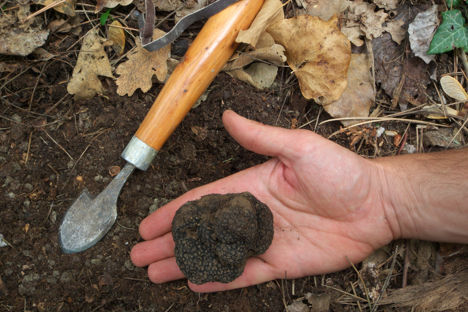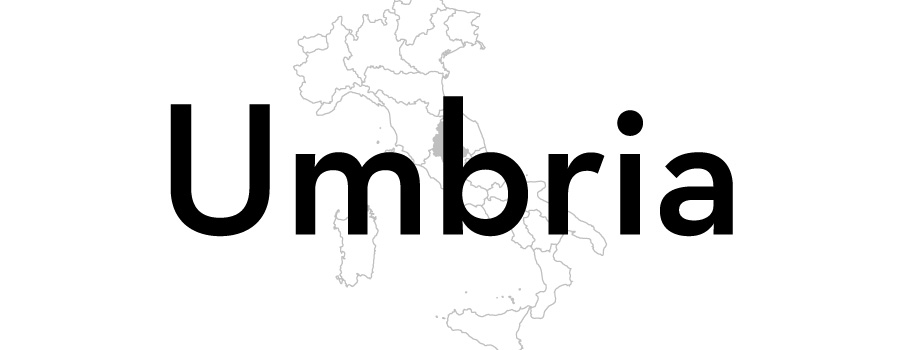
Woodland treasures: the truffles of Umbria
Producing more black truffles than any other Italian region makes Umbria a magical place for foodies the world over, but it takes a lot of work to seek out these very special fungi.
It’s fair to say that if an ingredient was banned by the Catholic Church hundreds of years ago for being so seductively delicious that it must be the devil’s work, it’s worth seeking out. And while everyone of every religious persuasion is free to eat as many truffles as they want today, it can be difficult – and pretty pricey – to get your hands on some. Unless you live in Umbria, a small, rural region in central Italy.
Known as the ‘green heart’ of Italy, Umbria is a place full of rolling hills, vast dense forests and beautiful medieval towns. While some visit the region for the scenery, most come for the food – tucking into the country’s best salumi, incredible game dishes, world-class olive oil and washing it down with local wines. But the height of any Umbrian meal has to involve lots and lots of fresh truffle.
Truffles are more abundant in Umbria than in any other part of Italy, and black truffles can often be hunted for year-round. Every Umbrian either hunts truffles themselves or knows someone who does, but that doesn’t mean they’ll happily talk about their successes on a particular day; hunting spots are fiercely guarded secrets, passed down through families over hundreds of years. Truffle hunters will often double back on themselves and take long, confusing routes to their patches just to ensure anyone watching or following them is thrown off the scent.
As truffles grow underneath the ground, you need more than just a keen eye to know where to find them. While there are certain tell-tale signs – bare earth at the base of old trees is where truffles are most likely to grow – it helps to enlist the help of an animal with a keen sense of smell. Pigs were traditionally used to sniff out truffles, but it proved difficult to stop them eating any they found. These days most truffle hunters are accompanied by dogs, expertly trained from birth, which can pick up the scent of any nearby truffles, run over to its exact location and wait patiently for the hunter to dig it up.
That’s not to say truffle hunting is easy, though. The average hunter spends hours walking through the forests, digging up the ground and constantly making sure no one is trying to discover their patch. Most of this is done very early in the morning under the cover of darkness. However, being based in Umbria means a truffle hunter tends to return home with a good haul most days – and what soon follows is a veritable feast in the kitchen.
Truffles are integral to Umbrian cuisine. They’re used in much the same way as anywhere else in Italy – grated over pasta, stirred through scrambled eggs, shaved over risottos – but rather than being saved for special occasions or only sold in high-end restaurants, they’re more of an everyday ingredient. They’re thrown into salumi, stuffed inside spit-roast rabbits, used to flavour cheese, honey, olive oil, mustard… anything that would benefit from the earthy funk of truffle (which, let’s be honest, is most things) receives it.
While black truffles (tartufi neri) are available for most of the year (although they’re at their best from around May to August), white truffles (tartufi bianchi) can also be found in the winter months. These are the most highly prized truffles of all, and are mostly found in one specific area – the countryside around Orvieto, Gubbio and the Tiber Valley. White truffles are reserved for special occasions and celebrations, as they’re much more seasonal, expensive and harder to come by, so be sure to order them if you spot them on a menu. However, any truffle dish in Umbria is bound to be delicious and there’s nowhere else in the world where they grow in such abundance. If you’re a fan of this very special tuber, there’s no better place to visit.

